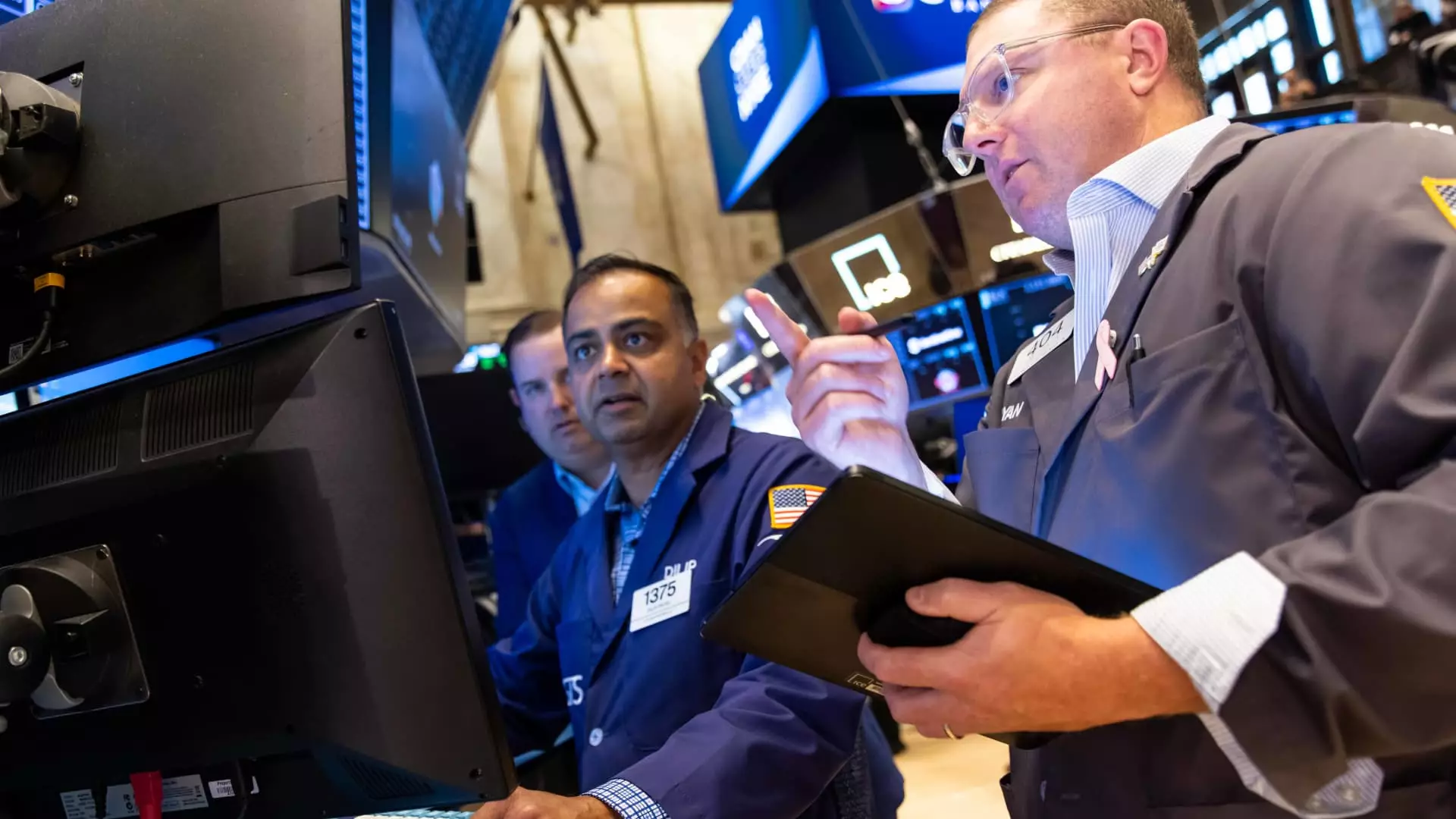While headlines celebrate international stocks and emerging markets as the shining stars of the current financial landscape, a critical eye reveals a more nuanced reality. The impressive 17% gains for developed markets outside the U.S. and similarly robust performance by emerging markets cloak underlying vulnerabilities. Many of these markets have surged from historically low levels following prolonged underperformance, raising questions about the sustainability of such momentum. It’s dangerous to accept these gains at face value without scrutinizing the fundamental health of these economies. Currency fluctuations, geopolitical tensions, and political instability—particularly in emerging economies—pose significant risks that could quickly erode recent gains. The narrative that these markets are poised for continued outperformance seems overly optimistic, perhaps even naive, when the broader global economic fabric remains fragile and susceptible to shocks.
Why Overconfidence in U.S. Market Recovery Is Misplaced
The report’s assertion that the U.S. market’s relatively modest 7% rise signals a normalization of “exceptionalism” might be an oversimplification. The S&P 500’s underperformance compared to international peers isn’t necessarily a sign of impending chaos but could reflect systemic flaws or overvaluation. Certainly, U.S. markets are characterized by high concentration—especially among a handful of tech giants—creating a dangerous hubris of dominance. Relying on a handful of large-cap stocks to anchor the economy is a risky proposition, especially when earnings growth begins to slowdown. Moreover, the overt focus on tariffs and trade tensions ignores the long-term implications: persistent protectionism and policy uncertainty might hinder overall growth, making the recent gains more of a temporary correction rather than a sustainable trend.
The Illusion of a Smooth Transition for AI Beneficiaries
Artificial Intelligence remains a hot topic, but the narrative woven around it warrants skepticism. The widespread enthusiasm tends to obscure the complex realities facing AI adoption—namely, that many companies still grapple with integrating these technologies profitably. The so-called “next phase” of AI benefits extending beyond the “Magnificent Seven” to utilities and industrials sounds promising—yet the actual ROI from AI investments is murky at best. Companies rushing into AI without a strategic plan risk inflating valuations misleadingly aligned with hype rather than fundamentals. This overemphasis could lead to a tech bubble, especially once the initial excitement wanes and true productivity gains are put to the test. In this climate, a cautious, less dogmatic approach is essential, as overconfidence can lead to poor investment decisions rooted in overheated expectations.
Challenging the Narrative of Continued Momentum
Consensus among asset managers often leans toward optimistic projections, but history repeatedly warns us that markets are more volatile and less predictable than they appear. The claim that international stocks and AI beneficiaries will “carry on” with their momentum ignores potential aggressive corrections triggered by geopolitical change, inflation resurgence, or policy mistakes. Investors enamored with recent gains should remain vigilant—what appears as steady progress may be the calm before a storm. There’s a danger in complacency, especially when valuations are stretched in the U.S. market and other regions are still recovering from historical lows. The normalization Santos speaks of should be viewed as a cautious awakening rather than a guaranteed trend. Relying heavily on narratives of technological innovation or international resilience without deeper analysis risks blind investment in a market vulnerable to swift reversals.
The Power of Critical Thought in a Promising But Treacherous Market
In a climate awash with optimistic outlooks and bullish forecasts, exercising skepticism and critical thought becomes more vital than ever. While themes like international diversification and AI proliferation are undeniably influential, they should not overshadow the myriad risks lurking behind seemingly promising narratives. Promoting a mindset that questions these trends instead of passively accepting them can safeguard investors from reckless decisions. The current landscape demands not just wealth accumulation but strategic caution—balancing the allure of innovation with a sober assessment of the structural vulnerabilities that could swiftly turn promising gains into lessons learned the hard way. True resilience in investing comes from understanding the complexity beneath the surface, not from blindly riding the latest trend.



Leave a Reply